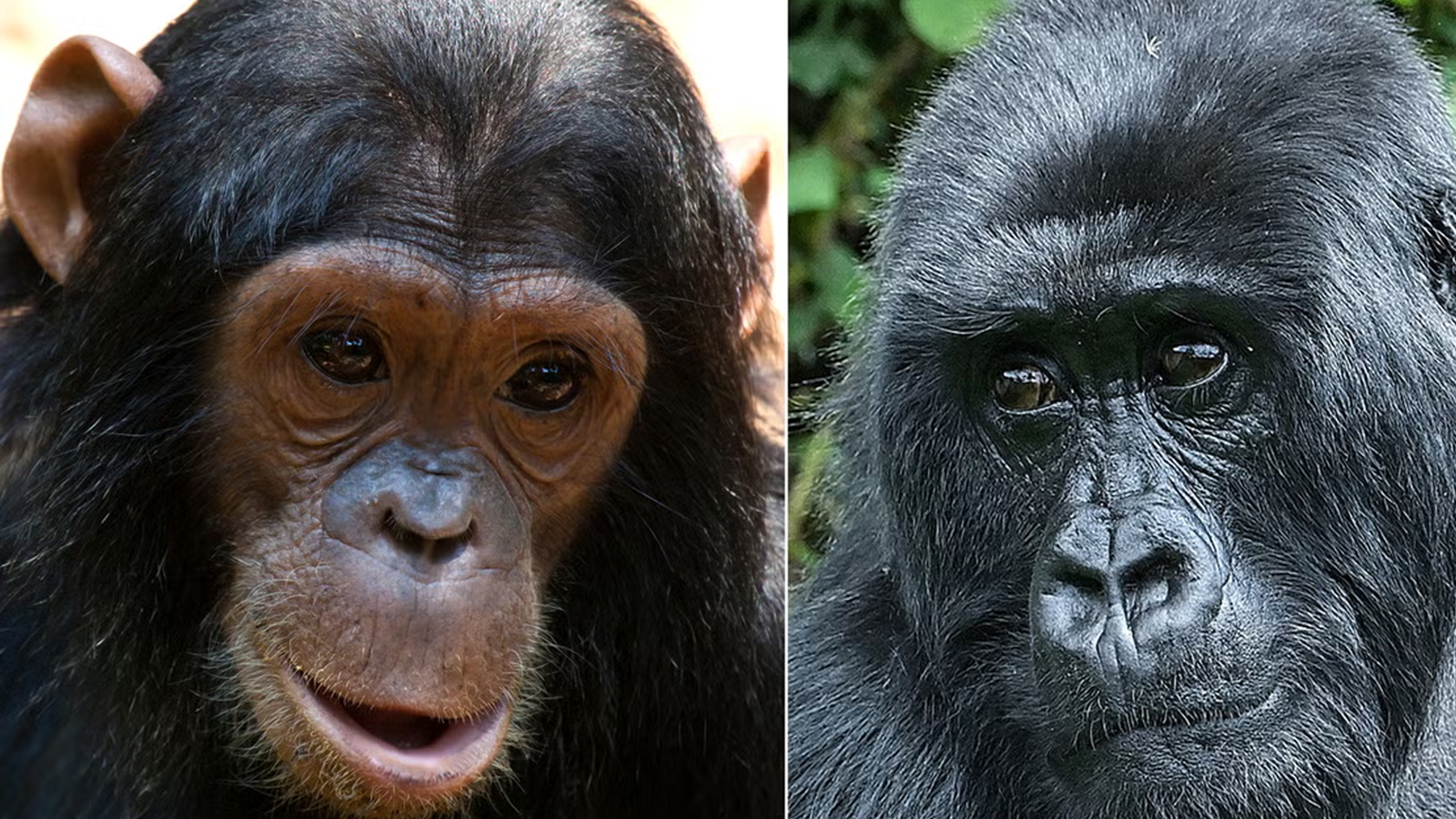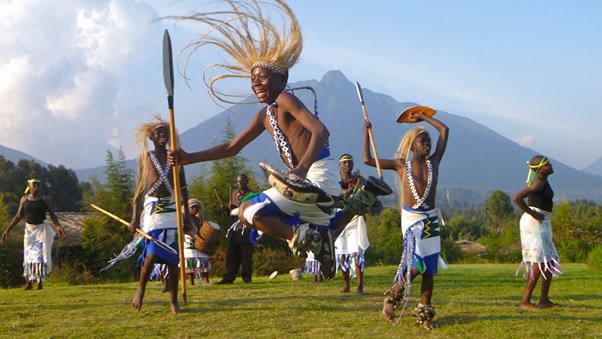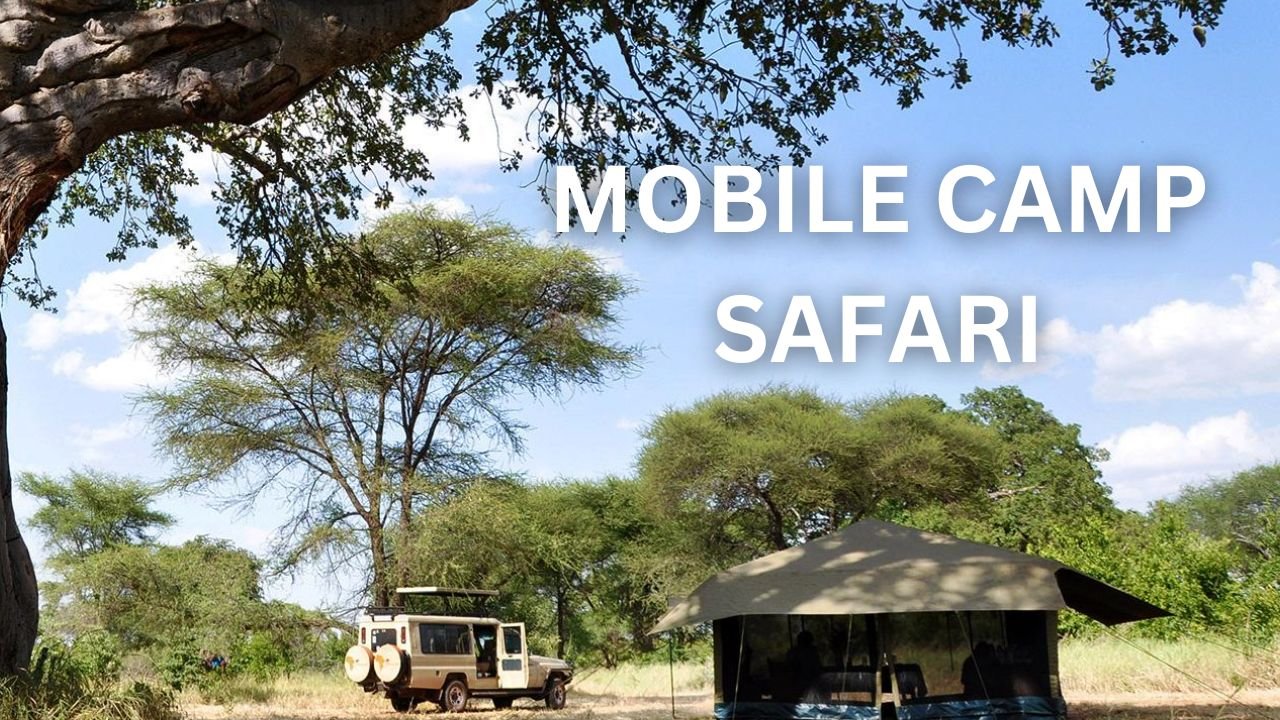Volcanoes National Park animals
Volcanoes National Park animals can be seen at the destination located in north-western Rwanda which is renowned for its volcanic landscape and the rare mountain gorillas that call it home. This national park covers an area of approximately 160 square kilometres and is part of the larger Virunga Conservation Area shared with Uganda and the Democratic Republic of the Congo. The Park features a chain of dormant volcanoes, including the towering Mount Karisimbi.
Flora and Fauna:
Volcanoes National Park boasts a diverse array of flora and fauna due to its unique location and varied habitats. Here are some highlights of the park’s flora and fauna: Flora:- Bamboo Forests: The Park is famous for its extensive bamboo forests, which provide a vital habitat for several species, including the endangered mountain gorillas.
- Hagenia-Hypericum Forests: These unique forests are characterized by a combination of Hagenia abyssinica trees and Hypericum revolutum shrubs. They provide habitat and forage for various wildlife species.
- Lobelia: Volcanoes National Park is home to several species of lobelia, including the giant lobelia (Lobelia gibberoa). These plants, with their distinctive rosette shape and tall flower spikes, are found in the higher elevations of the park.
Fauna:
- Mountain Gorillas: The Park is renowned for its population of mountain gorillas (Gorilla beringei beringei). These critically endangered primates are the park’s most famous residents and a major attraction for visitors. The Park is home to several habituated gorilla groups that can be visited with permits.
- Golden Monkeys: Volcanoes National Park is also known for its golden monkeys (Cercopithecus mitis kandti). These primates, with their striking golden-orange fur, are endemic to the Albertine Rift region and can be observed during guided treks.
- Other Primates: The Park supports other primate species, including the black-and-white colobus monkey, L’Hoest’s monkey, and blue monkey.
- Birdlife: Volcanoes National Park is a haven for birdwatchers, with over 200 bird species recorded. Notable bird species include the African Rwenzori turaco, Rwenzori batis, Rwenzori double-collared sunbird, and several species of Rwenzori endemics.
- Small Mammals: The Park is home to various small mammal species, such as the forest elephant, buffalo, bushbuck, and duiker.
Mountain Gorilla Trekking:
Mountain gorilla trekking in Volcanoes National Park is a unique and thrilling experience that allows visitors to observe these magnificent creatures in their natural habitat. Here’s an overview of mountain gorilla trekking and what to expect:- Permits: To participate in gorilla trekking, you need to obtain a permit in advance. Permits are limited in number to ensure the protection of the gorillas and manage human impact on their habitat. It’s advisable to book your permit well in advance, as they can be in high demand.
- Group Allocation: On the day of your trek, you’ll be assigned to a specific gorilla group. The groups are habituated, meaning they are accustomed to human presence, allowing for a safe and immersive experience. The assignment is based on factors such as trekking difficulty, your fitness level, and the location of the gorilla families.
- Trekking Experience: Gorilla trekking involves hiking through the forested mountains in search of the gorilla group you’ve been assigned to. The trek can vary in duration and difficulty, depending on the group’s location. It can range from a relatively easy hike to a more strenuous and challenging climb, so it’s important to be prepared physically.
- Encountering Gorillas: Once your group locates the gorillas, you’ll spend a precious hour in their presence. You’ll have the opportunity to observe their behaviour, social interactions, and daily activities. It’s important to maintain a safe distance of at least 7 meters (23 feet) from the gorillas to minimize any potential disturbance and ensure their well-being.
- Guides and Rangers: Throughout the trek, you’ll be accompanied by experienced guides and park rangers who are knowledgeable about the gorillas and the park. They will provide insights, answer questions, and ensure your safety during the trek.
- Etiquette and Regulations: To protect the gorillas and their habitat, there are strict guidelines and etiquette to follow. These include maintaining a safe distance, avoiding direct eye contact, not using flash photography, and following the instructions of your guides. These regulations are in place to minimize stress and disturbance to the gorillas.
- Conservation Impact: The fees generated from gorilla trekking permits contribute significantly to conservation efforts and the protection of mountain gorillas and their habitat. By participating in gorilla trekking, you are directly supporting conservation initiatives and the local communities that depend on the park.



